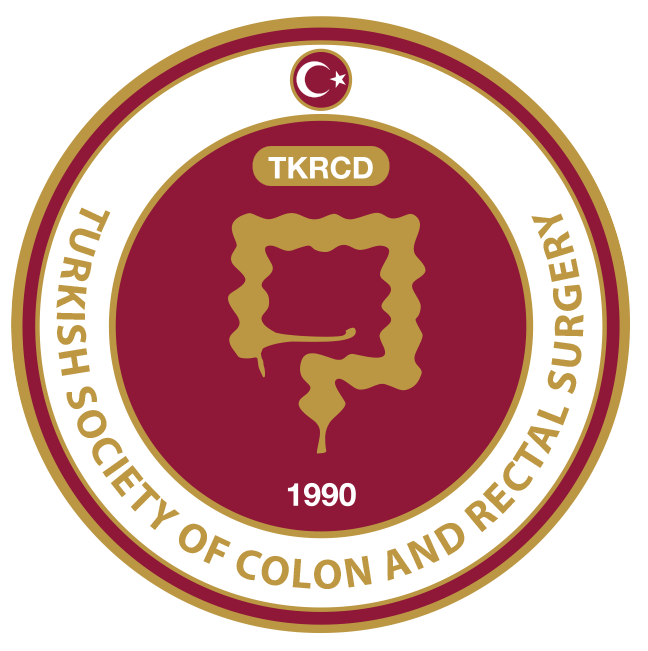Dear Editor,
We appreciate the thoughtful article by Kızıltoprak et al.,1 which explores the use of a triangle advancement flap in managing pilonidal sinus disease (PSD). The authors deserve commendation for their innovative approach; however, there are opportunities to further refine their technique and strengthen their manuscript.
The authors correctly highlight the importance of tailoring tissue resection and note that midline scars contribute to high recurrence rates. However, upon reviewing Figures 3 and 4 of their article, we observed that the distal edge of the flap is positioned in the midline. This placement is problematic, as Kaplan et al.2 compellingly demonstrated that maintaining a 2 cm distance from the midline reduces healing complications and recurrence. Adjusting the lower tip of the triangle flap by 2 cm to the recipient side would be a minimal modification with substantial benefits, effectively eliminating the risk of a midline scar and its consequences.3
The introduction of this paper would benefit from a more contemporary and evidence-based perspective. The incidence of PSD is indeed increasing in developed countries, but attributing this solely to race is unfounded. The geographical location as well as epigenetic and genetic factors appear to play a more significant role.4, 5 Although obesity is frequently cited as a risk factor, robust evidence supporting its direct link to PSD is limited. The 1953 study by Dwight and Maloy6 which identified a statistically significant difference in body weight between patients with PSD and controls, remains one of the few studies to report this association. However, subsequent research has not consistently corroborated these findings.
Prolonged sitting has also been suggested as a potential risk factor for PSD, but its role remains speculative. The assumption that young males aged 15-30 are more sedentary than other demographic groups lacks empirical support and risks perpetuating stereotypes. Similarly, the notion of a deep natal cleft as a risk factor, as suggested by Akinci et al.,7 warrants scrutiny. Although PSD is often found in the natal cleft, the deepest part of the cleft near the anus rarely develops PSD, challenging the hypothesis that cleft depth is a significant risk factor.
The attribution of PSD to inadequate local hygiene is also problematic, as it is not substantiated by evidence and may stigmatize patients. If contamination by fecal material were causative, individuals in diaper-wearing age groups would show higher incidence rates of PSD. However, these groups demonstrate some of the lowest recurrence rates, undermining this theory.8
It is critical to refrain from reiterating unsubstantiated claims, as doing so undermines the otherwise strong merits of this well-written article. Finally, the analysis could be enhanced by generally correlating recurrence rates with time since surgery, providing a clearer understanding of the temporal dynamics of recurrence.
In conclusion, the triangle flap technique proposed by Kızıltoprak et al.,1 is promising, but modifying the flap placement to avoid midline scarring and strengthening the introduction with scientifically robust evidence could significantly enhance the quality and impact of their research. By addressing these points, the authors can further solidify the value of their contribution to the field.
Footnotes



